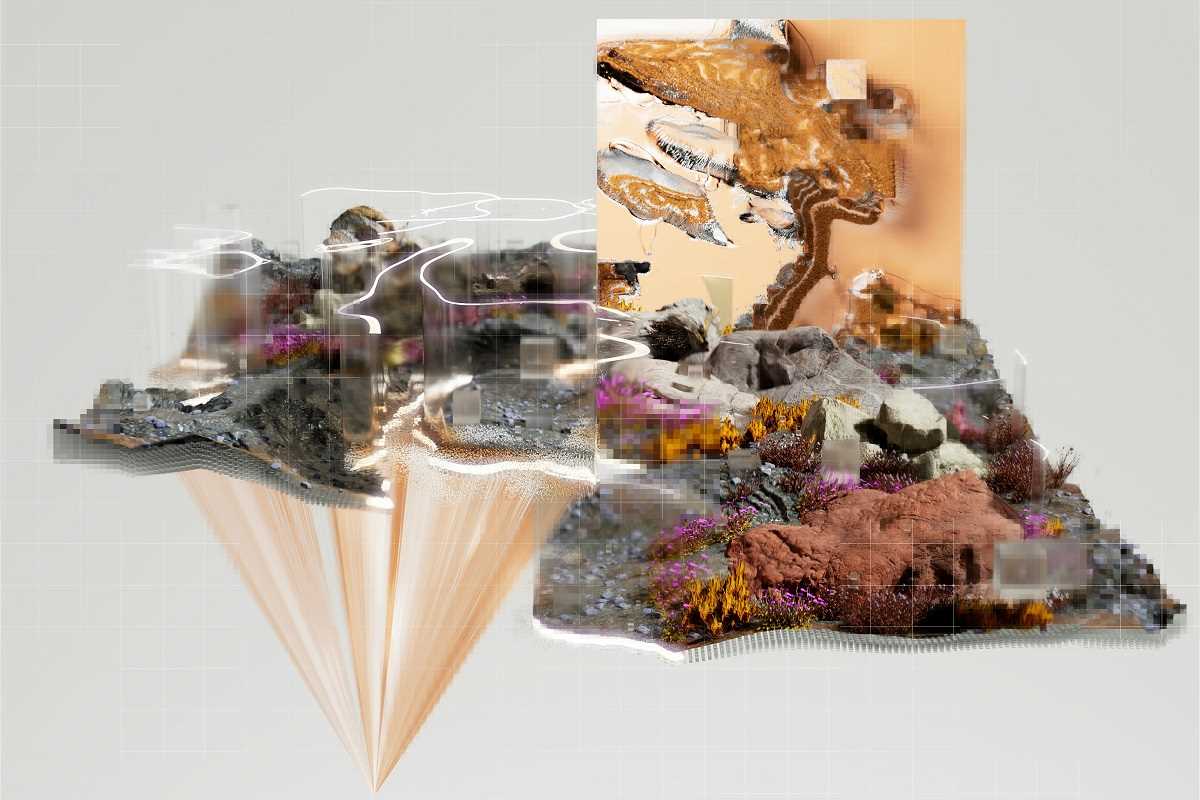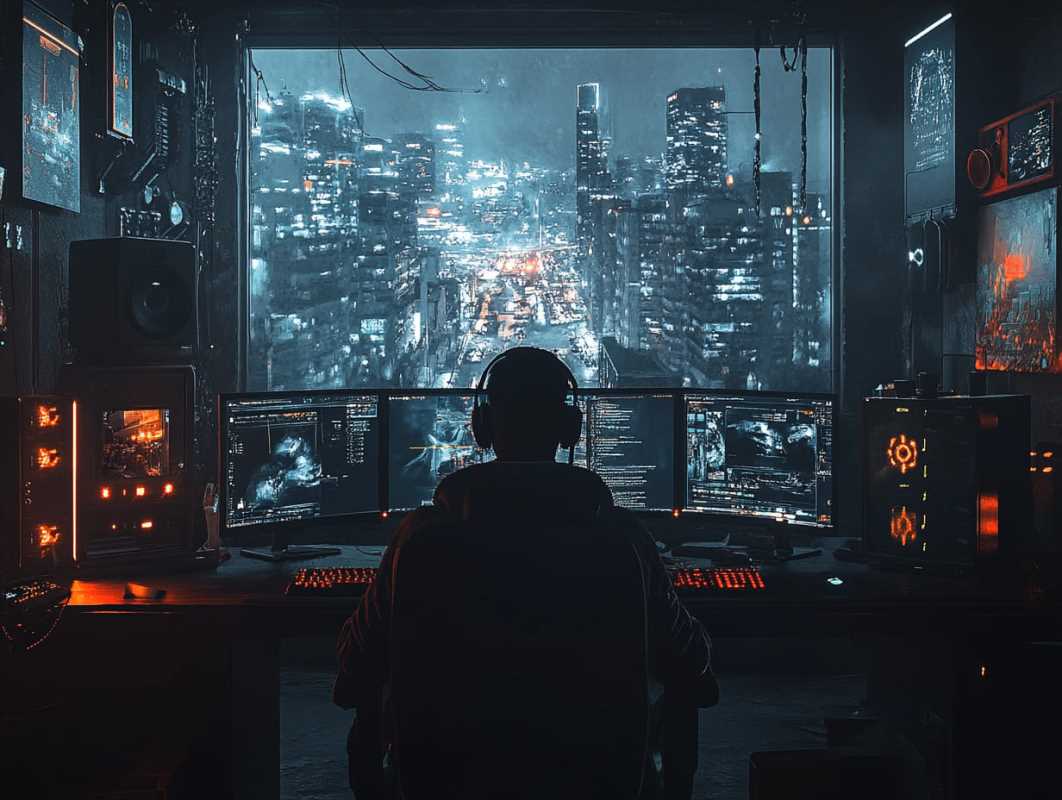The way we design buildings, products, and even entire cities is evolving at an unprecedented pace. At the heart of this transformation is one groundbreaking technology: generative design. If you’re unfamiliar with the term, don’t worry—I’m here to bring you up to speed.
Picture having a creative partner that never tires, slogs through mountains of data in seconds, and helps you make decisions you didn’t even know were possible. That’s the promise of generative design. It’s not about replacing engineers or architects but revolutionizing how they work. Staying ahead of trends like this one could be the key to thriving in tomorrow’s industries.
What Exactly Is Generative Design?
At its core, generative design is an advanced, AI-powered tool that uses algorithms and cloud computing to tackle design problems. Here’s how it works step by step:
- You Set the Rules: First, engineers or architects input specific parameters into the software. These could include the dimensions of the project, types of materials to use, cost limitations, structural requirements, or aesthetic goals.
- The AI Gets to Work: Using these inputs, the software generates hundreds or even thousands of design possibilities. Think of it as brainstorming at lightning speed.
- You Choose the Best Option(s): Finally, professionals review the AI-generated options, select the most suitable one, and refine it if needed.
The beauty of it lies in its ability to handle repetitive tasks and sift through unimaginable amounts of solutions, leaving humans free to focus on refining and innovating. Generative design amplifies creativity and productivity rather than diminishing them.
Why Is Generative Design a Game-Changer?
The concept behind generative design isn’t just hype. It offers tangible benefits that traditional design processes simply can’t match. Here are some specific ways it changes the game.
1. Saves Time and Effort
Traditional design can be tedious and time-consuming. Engineers and architects often go through countless iterations of drafts, revisions, and adjustments before arriving at the final product. Generative design minimizes the back-and-forth by handling much of the exploration phase.
Imagine you’re designing a skyscraper and need a design that balances structural integrity, cost, and aesthetics. With generative design, you can instantly receive hundreds of viable options that already meet these criteria. Instead of starting from scratch, you begin with tailored solutions ready for optimization.
Take the example of aerospace engineering. Rolls-Royce has used generative design to streamline the creation of aircraft components, cutting production timelines while ensuring that designs meet strict safety and functionality standards.
2. Optimizes Material Usage and Costs
Resource efficiency is one of generative design’s standout strengths. The software often suggests ways to use fewer materials without compromising the end product’s quality or functionality. This approach not only reduces costs but also decreases environmental impact.
For example, automotive companies are leveraging generative design to create lighter vehicle components. Airbus used it to design cabin partitions that are not only lighter but also have a lattice-like aesthetic inspired by natural growth patterns. These components are just as strong as traditional partitions but use significantly less material, contributing to fuel efficiency.
This shift could have dramatic implications in architecture, where construction waste is a major concern. By optimizing designs for minimal material usage, buildings can be greener without sacrificing safety or beauty.
3. Boosts Creativity
One of the most exciting aspects of generative design is its sheer unpredictability. By exploring every possible solution within the set parameters, it often generates ideas that a human alone might never conceive. This element of surprise can lead to fresh, pioneering designs.
Take furniture design as an example. Designers have used generative tools to create chairs and tables with intricate, nature-inspired forms. These items are not only functional but look like pieces of art, standing out in a competitive market.
Think about this creatively in architecture. Some of today’s most iconic buildings have been designed using generative processes, showcasing organic and fluid shapes that were previously unimaginable with traditional methods.
4. Solves Complex Problems
Complex projects come with layers of technical and logistical challenges. Generative design excels in high-pressure scenarios by analyzing thousands of variables and constraints simultaneously.
Take urban planning as an example. Generative tools can create city layouts that optimize traffic flow, maximize green space, and ensure accessibility for residents. This technology can even account for climate changes, helping planners design infrastructure to withstand future weather conditions.
The bridge design is another brilliant case. When engineers face challenges like balancing weight distribution with budget constraints, generative design provides solutions that are both structurally sound and resource-efficient. It takes into account factors like expected loads, terrain, and environmental impact to arrive at innovative and practical results.
Real-Life Examples of Generative Design
Generative design isn’t just a theoretical concept; it’s already transforming diverse industries.
- Architecture: Architects worldwide have used generative design to create buildings that balance aesthetics, functionality, and sustainability. For example, some office buildings now feature window placements optimized to maximize natural light, reducing the need for artificial lighting and lowering energy costs.
- Automotive: General Motors teamed up with generative design tools to create a seat bracket that’s 40% lighter yet just as strong as traditional designs. This innovation not only saves material but also improves fuel efficiency since lighter components mean less energy consumption.
- Aerospace: Airbus applied generative design in the creation of aircraft partitions, achieving a 45% reduction in weight compared to traditional designs. This innovation contributes to lower fuel consumption over the lifespan of the aircraft.
- Product Design: Nike has embraced generative design for creating some of its innovative shoes. By leveraging this technology, they’ve been able to experiment with lightweight, high-performance designs tailored for athletes.
Challenges and Limitations
While generative design holds incredible promise, it’s not without challenges. Understanding these limitations can help engineers and architects use the tool more effectively.
1. Learning Curve
Generative design tools like Autodesk Fusion 360 or Solidworks require digital expertise, and mastering them can be time-intensive. For seasoned professionals who are unfamiliar with AI-driven workflows, it may feel daunting initially.
2. Dependence on Quality Inputs
The software works based on the parameters you provide. If your inputs are off, the outputs will be too. For example, if an architect doesn’t factor in local environmental data, the designs may not perform as expected in real-world conditions. Quality results require clear objectives and accurate data.
3. Cost Considerations
Generative design software, especially for large-scale projects, is not cheap. Small firms or freelance professionals may find it financially difficult to adopt these tools without a significant return on investment.
4. Human Expertise Remains Essential
Generative design doesn’t understand human creativity or cultural context. While it can suggest endless design options, deciding which option tells a compelling story or creates an emotional connection still falls squarely on the shoulders of human professionals.
How It’s Transforming Careers
Generative design is reshaping the roles of engineers and architects worldwide. Instead of worrying about job displacement, many professionals are finding ways to integrate it into their workflows as a powerful ally.
Engineers
For engineers, generative design means solving problems faster with fewer headaches. Tasks like manual calculations, which can take hours or days, are handled in seconds. This frees up engineers to focus on larger strategic goals, innovative planning, and improving overall project quality.
By adopting these tools, engineers can scale their impact. For example, structural engineers working on bridges no longer have to make dozens of calculations by hand. Instead, they can concentrate on regulatory compliance, long-term durability, or aesthetic choices.
Architects
For architects, the technology serves as a creative collaborator that eliminates mundane calculations or routine drafting tasks. Instead of revising dozens of preliminary sketches, an architect can use generative design to explore all possible options upfront and then focus on the finer details like visual harmony and user experience.
Generative technology also opens doors to sustainability. Architects using tools like Fusion 360 can now integrate eco-conscious elements such as optimal sunlight exposure, natural ventilation, or reduced material use from the very design stage.
 (Image via
(Image via





